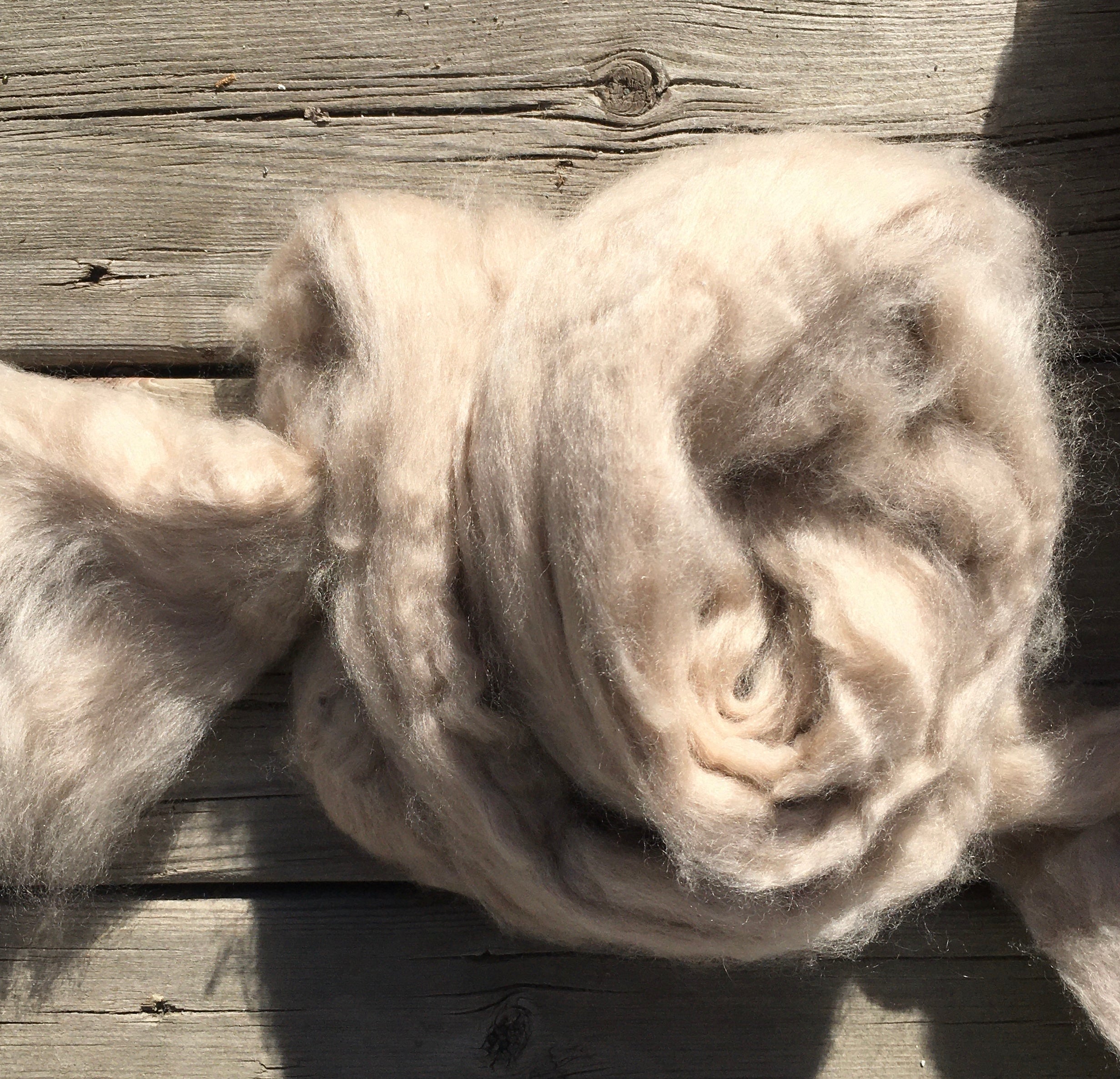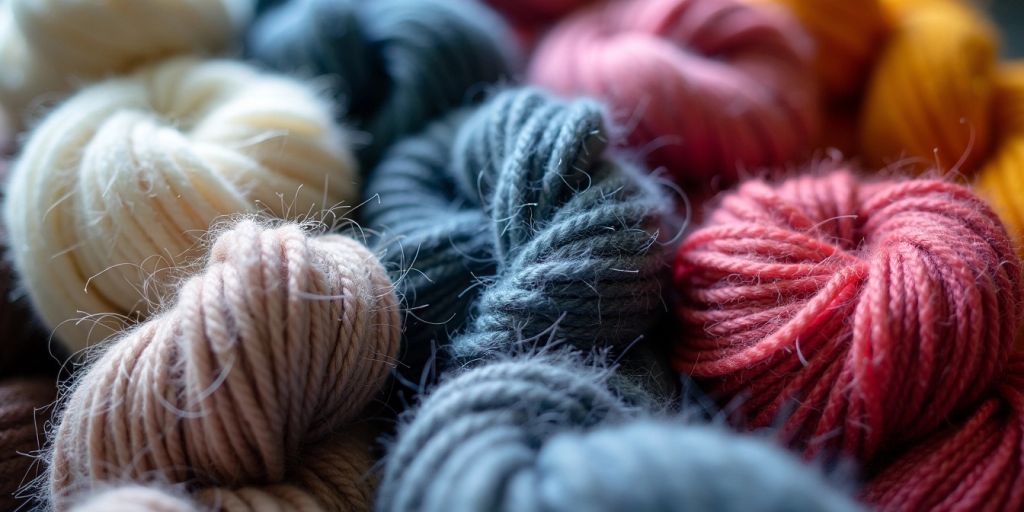What Is Cashmere and Why It’s Regarded One of the Softest Fabrics in the World
What Is Cashmere and Why It’s Regarded One of the Softest Fabrics in the World
Blog Article
Discover the Allure of Cashmere an All-natural Fiber: Why It's a Must-Have in Your Wardrobe
The attraction of cashmere, a luxury natural fiber, transcends simple aesthetics. From discussing its appealing beginning to recognizing its manufacturing treatment, procedure, and quality, it's worth discovering why cashmere holds such a special place in the world of textiles.

The Origin and History of Cashmere: A Brief Summary
While several may see cashmere as a simple high-end, its history is soaked in rich social custom. Originating from the Kashmir area in India, cashmere woollen has actually been produced for thousands of years. The fiber is gotten from the soft undercoat of cashmere goats, gathered throughout their molting season.
Understanding the Special Features of Cashmere Fiber
Cashmere, renowned for its distinctive attributes, stands apart worldwide of textiles. This lavish fiber is exceptionally soft, providing a comfy and relaxing feel unlike any type of various other. It is substantially warmer than wool, making it a perfect choice for wintertime garments. Despite its heat, cashmere is remarkably lightweight and doesn't include unnecessary mass. This all-natural fiber is likewise known for its toughness. While other materials might wear down over time, cashmere preserves its high quality, guaranteeing long-lasting wear. Cashmere has an unique aesthetic charm. Its mild luster and beauty make it a staple in high-end style. Recognizing these homes clears up why cashmere is not just a deluxe, but a rewarding investment for any wardrobe.

The Refine of Producing Cashmere: From Goat to Garment
To appreciate the luxurious residential properties of cashmere fully, one should recognize its journey from the raw fiber to the ended up product. The process begins with the cashmere goats, mainly found in Mongolia, China, and Iran. The soft undercoat of these goats, gathered throughout their all-natural molting period in spring, supplies the raw product. This delicate fiber is then very carefully divided from the coarser external hair in a labor-intensive process referred to as dehairing. The pure cashmere is then colored, rotated into yarn, and lastly weaved or woven right into the coveted garments. Each step is thoroughly implemented to maintain cashmere's noteworthy heat, soft qualities, and resilience. This elaborate procedure leads to the production of an absolutely luxurious fabric.

Translating the Quality and Cost: Why Is Cashmere so Expensive?
Cashmere originates from the fine undercoat of the cashmere goat, with each goat producing a plain 150 grams each year. The handling of raw cashmere needs both time and competence, with check that the fibers needing to be very carefully sorted, cleaned, and rotated. These aspects integrated make cashmere a pricy yet extremely sought-after commodity in the globe of fashion.
Cashmere in Fashion: The Versatility and Classic Allure
Regardless of its high price, the timeless allure and adaptability of cashmere have solidified its area in the realm of style. The fiber's one-of-a-kind structure, characterized by its softness and heat, has become identified with high-end and comfort. Its flexibility prolongs past seasonal patterns, making it a wardrobe essential in various forms, from stylish sweaters to chic headscarfs. The flexible nature of cashmere permits its combination into both official and casual clothing, symbolizing its broad charm. Furthermore, the textile's enduring appeal over the years proves to its timeless beauty. As trends reoccured, cashmere continues to be a continuous, its attraction undiminished, continuing to form the fashion and influence sector's landscape.
Taking Care Of Your Cashmere: Maintenance and Preservation Tips
Making sure the long life of cashmere garments calls for particular care and attention. These prized ownerships must not be thrown right into the washing machine with regular laundry. Instead, hand washing with gentle, pH-neutral soap in lukewarm water is suggested. After cleaning, they must not be wrung out. Rather, they ought to be gently pressed between towels to soak up excess water, after that laid flat to dry. Regular cleaning with a cashmere comb can stop pilling. Keeping these products in a cool, dry content place, preferably in a breathable bag, can protect them from moths and humidity (is cashmere a natural fiber). A periodic airing outside, far from straight sunlight, can revitalize the fibers. With these maintenance and preservation tips, one can guarantee their cashmere continues to be luxuriously soft and resilient.
Verdict
Cashmere, with its unrivaled soft qualities and warmth, supplies both deluxe and sturdiness. Discover the allure of cashmere and raise your style repertoire.

Report this page